Microsoft Exchange
The Microsoft Exchange plugin allows users to trigger on unread emails, and consequently delete, move, and set categories on those emails. The plugin is usable with both Exchange and Office365 mailboxes.
This article details the configuration requirements of triggers sourced from the Microsoft Exchange plugin.
Configuration
Create a new trigger in your workflow and choose the Microsoft Exchange plugin as the source.
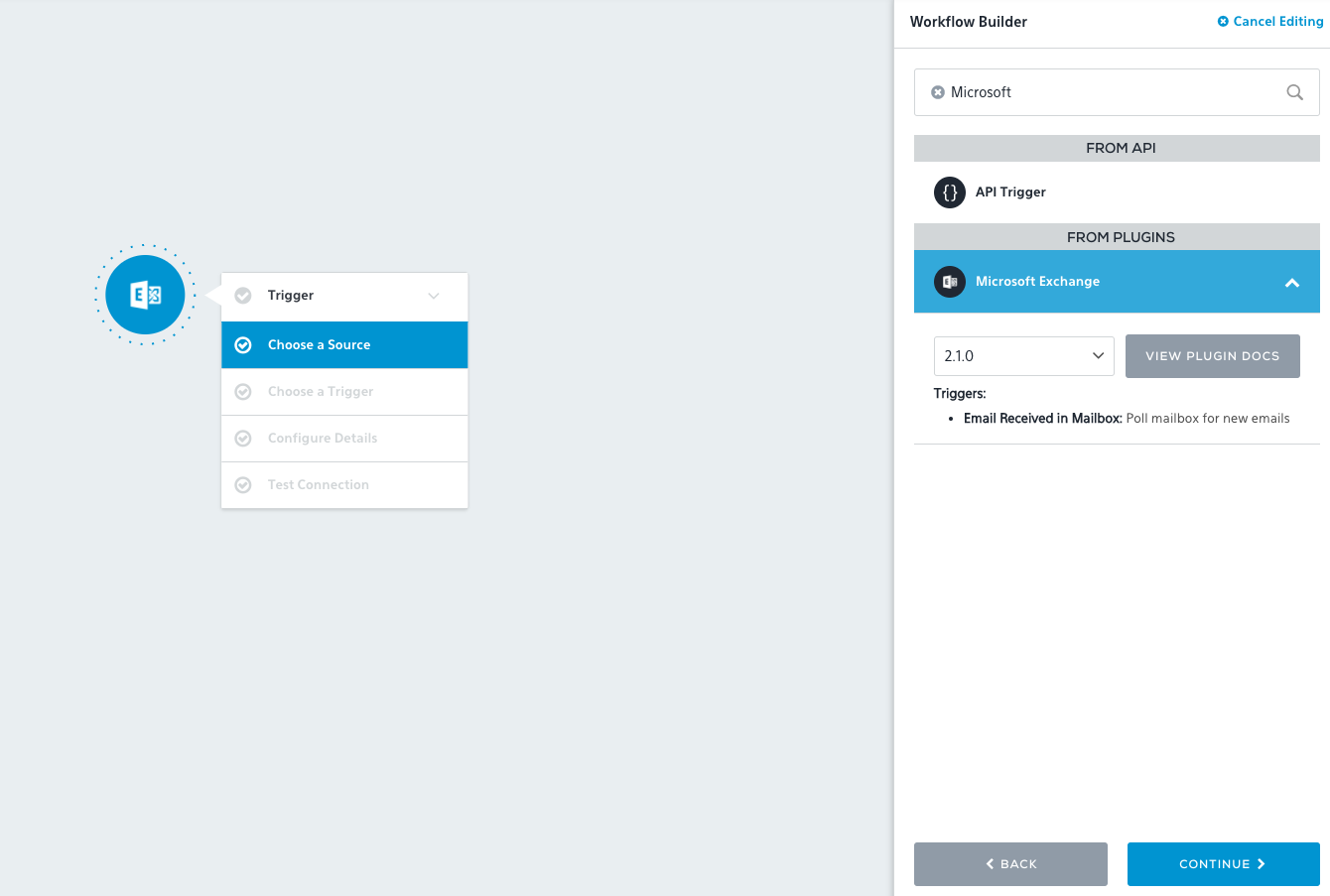
Click Continue.
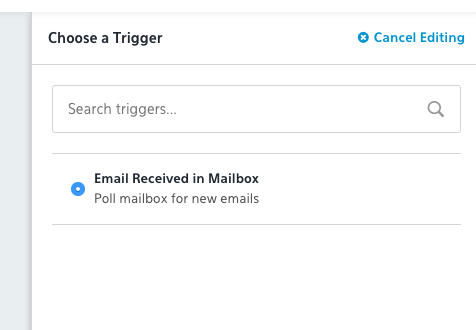
Enable the Email Received in Mailbox radio button and click Continue again.
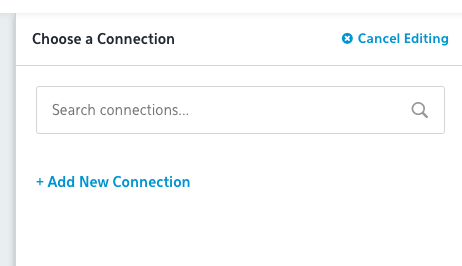
Click + Add New Connection to add connection.
Enter a name for the connection and choose where to run the connection.
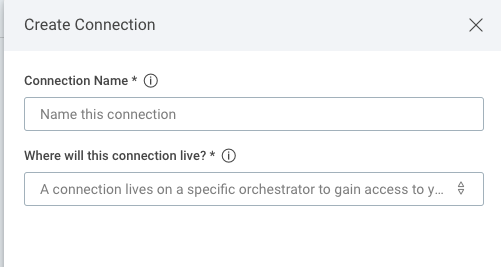
The connection parameters appear. You’ll need to configure settings for your exchange server.
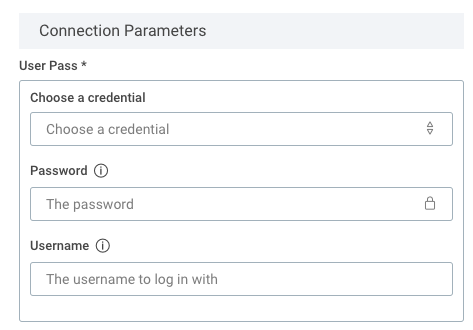
Provide the following information:
| Microsoft Exchange | |
|---|---|
| ”Username” | Use the following format: domain\username |
NOTE
Some servers require the username to be sent in the username@domain.com format.
| Microsoft Exchange | |
|---|---|
| ”Password” | Password for the user account that the plugin is meant to access. |
| ”Primary SMTP Address” | SMTP address for the user account: john@doe.com |
| ”Autodiscover” | True, in most cases. |
TIP
Setting “Autodiscover” to True allows the plugin to attempt to automatically configure the connection based on information it discovers from the server.
For Microsoft Exchange mailboxes, if the connection fails, set “Autodiscover” to False. “Server” and “Exchange Version” will need to be manually set.
| Microsoft Exchange | |
|---|---|
| ”Access Type” | Delegate |
See https://blogs.msdn.microsoft.com/exchangedev/2009/06/15/exchange-impersonation-vs-delegate-access/ for more information on this setting.
| Microsoft Exchange | |
|---|---|
| ”Use SSL” | True, in most cases. |
| ”Verify SSL” | True, in most cases. |
| ”Server” | Leave blank, unless “Autodiscover” is set to False. |
| ”Exchange Server Version” | Leave blank, unless “Autodiscover” is set to False. |
Troubleshooting
Try the following steps if your connection is unsuccessful:
- Test the connection with “Verify SSL” set to True and “Use SSL” set to False. This can help rule out any certificate issues.
- Make sure outbound connections to the Exchange server can be made from the Komand server.
- Old or duplicate connections might cause connection issues. Make sure only one connection is in use.
If your connection is still unsuccessful, send a copy of the connection log to Komand Support for further assistance.